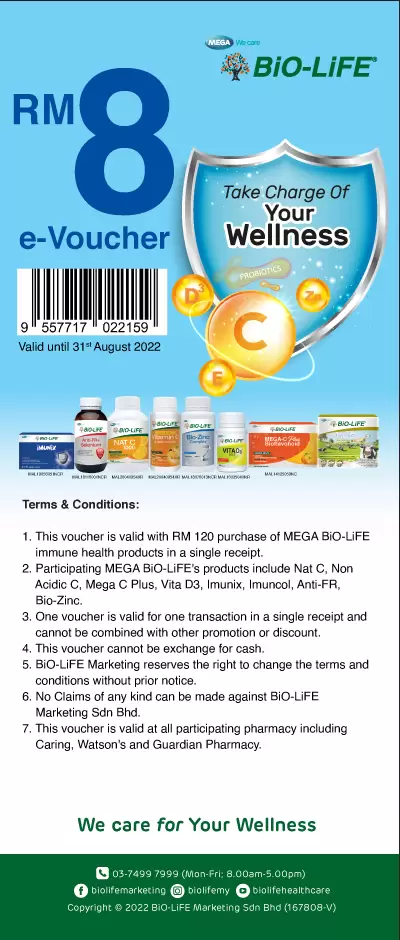
The Beauty Secret to turn back the clock of skin ageing
Jul 11, 2016
The age when skin ageing begins
Take a look at your reflection in the mirror. Have you ever noticed the visible lines on your face? No matter how much of makeup you apply, it is still significant. Whether you like it or not, it is the nature of skin ageing.
Understand our skin structure
Our skin consists of epidermis and dermis. The epidermis is the outermost layer that serves as a barrier to infection and water loss. On the other hand, the dermis which is beneath the epidermis, contains tough connective tissues including collagen fibrils and elastic fibers that provide support and elasticity to the skin. Without skin collagen, outer skin tends to be dry, slacky, dull, rough and wrinkly.
Replenish of skin collagen is important
Collagen is the important component to support skin rigidity and integrity. We have the ability to produce collagen naturally. However, the ability to synthesize collagen decreases after 20s. Hence, it is important to replenish collagen to maintain a youthful and radiant skin. Studies show that supplementation of collagen peptide is able to increase the skin collagen level1 and skin moisture level by 12% in just 1 month2.
Why collagen degradation happen?
Besides intrinsic factor such as age, extrinsic factors including chronic sun exposure, smoking, alcohol intake, environmental pollution, stress and poor nutrition can also affect our skin collagen level. These factors generate excessive free radicals to damage our skin cells and accelerate skin ageing process. Powerful antioxidants play a superior role in preventing free radicals from degrading collagen and other skin cells.
Nature’s ultimate antioxidant: astaxanthin
Astaxanthin is the king of the carotenoid with dark red pigments. It is naturally produced by microalgae such as Haematococcus pluvialis. Astaxanthin can also accumulate in the muscles of salmon, lobster and shrimp when they ingest astaxanthin-containing algae that gives the pink or red colour to them.
Exposure to extreme condition such as intense sunlight causes astaxanthin to serve as a “force-field” to protect the microalgae Haematococcus pluvialis against free radical damage by UV rays. Apparently, astaxanthin is a powerful antioxidant that protect both internal and external of the cells from DNA damage by free radicals.3 Study shows that the superior antioxidant capacity of astaxanthin is greater than other antioxidant; it is 6000 times stronger than vitamin C, 800 times more powerful than CoQ10 and 550 times more potent than catechin contained in green tea. 4
Internal sunscreen to protect against skin ageing
Long term exposure to UV rays can break down the fibrous proteins collagen, induce sunburn reaction and contribute to the telltale signs of ageing. Astaxanthin does not only protect the skin from UV damage, it can also help to turn back the clock of ageing from the inside out. Astaxanthin proves to be a prestigious yet potent skin anti-ageing capacity by protecting the skin against UV light-induced damage, preventing UV-induced collagen degradation and wrinkles formation; and reduce melanin that deposits in the skin excessively which causes freckles and age spots.3 Other antioxidants that may help to protect the skin against ageing are Formosa Ruby Djulis (Chenopodium formosanum) extract with the ability to inhibit collagen ageing, snow lotus (Saussurea Involucrate) extract, pine bark extract, royal jelly and ascorbic acid.
Let’s move forward to a beautiful skin
We cannot stop the age from increasing but we could slow down the signs of ageing. It is essential to not only replenish the skin collagen level but also to protect it against collagen degradation with the Mother Nature’s Powerful anti-ageing nutrients.
References
- Clinical study, Cosderma, France, 2012.
- Clinical study YNTKK -2008-4144, Souken, Japan.
- Capelli, B. &Cysewski, 2007. Natural Astaxanthin: King of the Carotenoids. Cyanotech Corporation. Pg 7-50.
- Nishida, Y., et al. 2007. Quenching Activities of Common Hydrophilic and Lipophilic Antioxidants against Singlet Oxygen Using Chemiluminescence Detection System. Carotenoid Science 11: 16-20.



